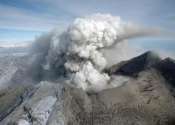The birth of a very-high-field superconductor
The strong magnetic fields of an MRI scanner or a particle accelerator are generated efficiently by electromagnets that have superconducting wire in their coils. A group of scientists has discovered how to make better wires ...








